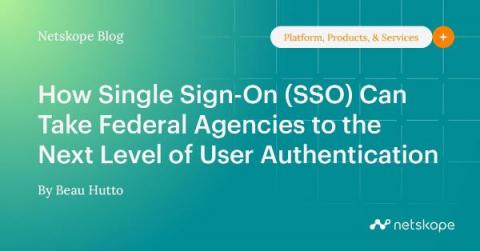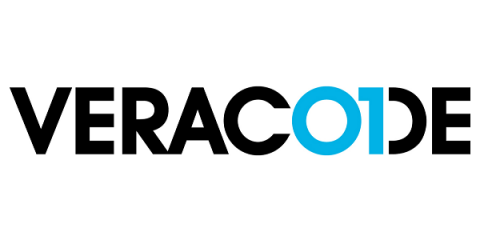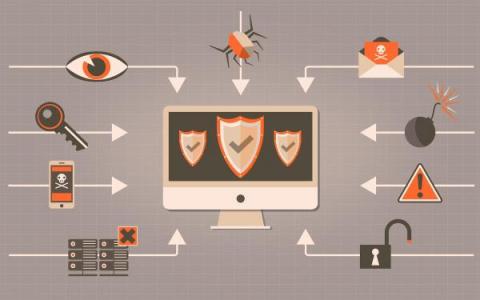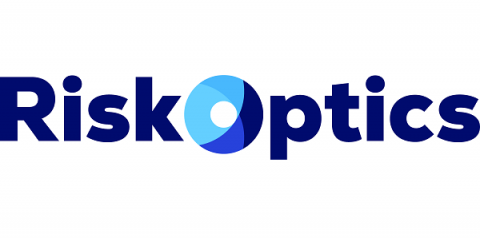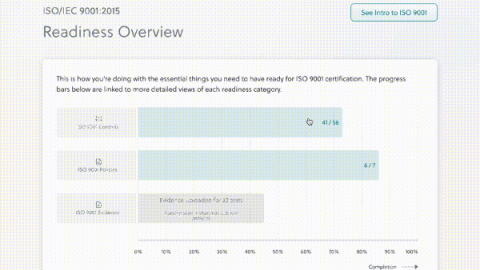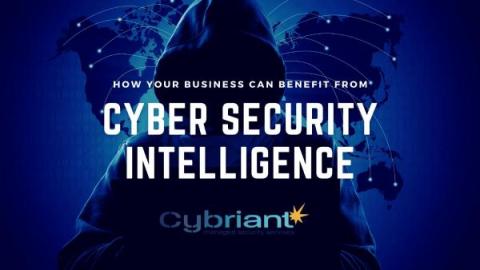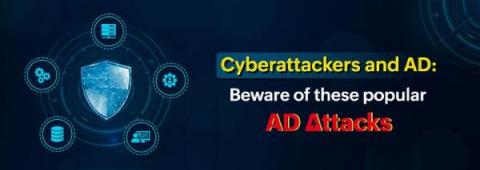How Single Sign-On (SSO) Can Take Federal Agencies to the Next Level of User Authentication
It is no secret that agencies are facing multiple challenges when it comes to meeting mandates from the White House Executive Order on Improving the Nation’s Cybersecurity. The order calls for the adoption of numerous best practices, including the implementation of a zero trust architecture (ZTA).


